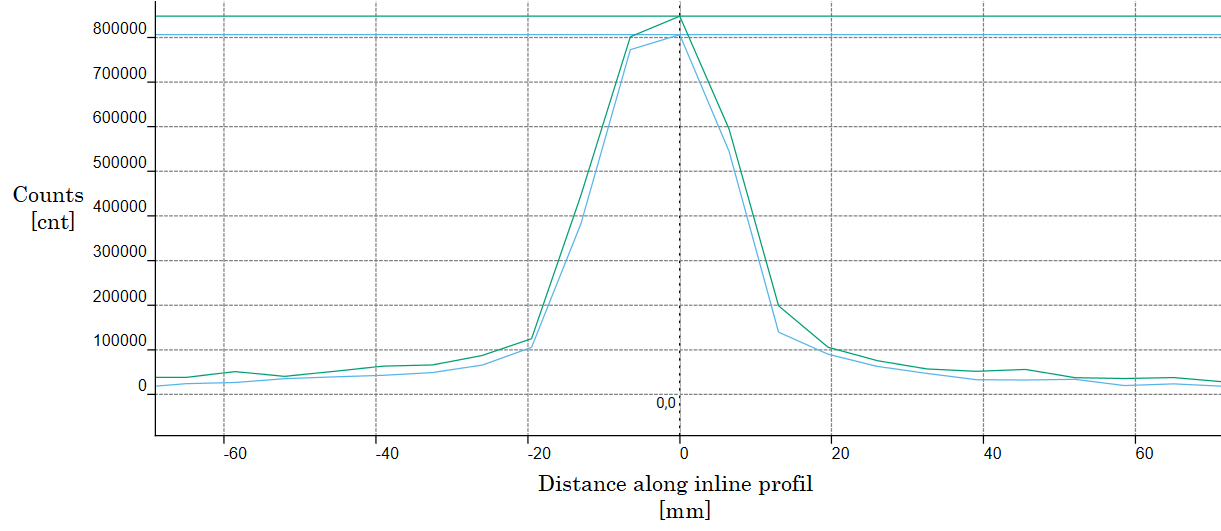Beam width determination of kilovoltage CBCT implemented in Ethos linear accelerator
Szilvia Gazdag-Hegyesi,
Hungary
PO-1674
Abstract
Beam width determination of kilovoltage CBCT implemented in Ethos linear accelerator
Authors: Szilvia Gazdag-Hegyesi1, Ádám Gáldi1, Enikő Koszta1, Tibor Major1, Csilla Pesznyák1
1National Institute of Oncology, Radiotherapy, Budapest, Hungary
Show Affiliations
Hide Affiliations
Purpose or Objective
New generation of linear accelerators (LINAC) require kilovoltage (kV) cone-beam CT (CBCT) acquisition for all patients before all treatment fractions. The aim of this study is to assess the beam width which is an important parameter for additional imaging dose applied various available protocols. The purpose is to compare the software’s setup with the measured beam width under different conditions on the kilovoltage CBCT of Ethos linear accelerator.
Material and Methods
The uncertainty of Varian Eclipse software’s field size setup and the discrepancy between the field setup and the measured field size in the machine’s isocenter, were investigated by The MatriXX (IBA Dosimetry) ionization chamber detector array on Ethos linear accelerator (Varian) for different imaging protocols. These imaging protocols - including standard parameters - are in use for everyday patient setup at our institution.
Results
The beam width of the CBCT is not determined by the range parameter, i.e. the thickness of the image after reconstruction, but the field of view (FOV).
The deviation from the field width set by the software is the largest for small field sizes. Below 11 cm, the measured beam width was wider than the set width, but at larger than 11 cm smaller beam widths were detected. Between 6 and 16 cm beam width deviations less than 0.1 cm were detected.
The same beam widths were investigated by using different imaging protocols. For small beam widths energy dependence was found. Using the lowest energy (head low-dose imaging protocol: 100 kV, 46 mAs) and 2 cm field of view the largest deviation was 0.25 cm. For larger beam widths, the relative deviation between the measured and the software’s set value were within 1%.
The uncertainty of the FOV’s setup values was investigated. Adjusting the field size, we found discrepancies in the opening of the collimators. Depending on the direction of field edge’s set within a millimeter, we measured different beam width values. For a 2 cm FOV, the deviation was 0.16 cm. The discrepancy between two profiles at 2 cm FOV can be seen in figure:

Using larger beam sizes, the differences between the edge values decreased, but even at 12 cm beam width, the difference was 0.115 cm.
Conclusion
The uncertainty of software’s field size setup, i.e. the discrepancy between the field setup and the measured field size has to be included in determination of the additional imaging dose measurements because the beam width is used for the calculations in the protocols.
For beam widths less than 1 cm, our detector matrix does not provide reliable results. Using small FOVs, the uncertainty was increased by using low energy imaging. For small fields different measurement setups should be used.